Tennessee boasts a fine variety of bird life, including a wide range of ducks that can be seen here. Some ducks are present here all year, while others are only seen during certain periods.
Below is a list of some of the ducks in Tennessee, along with some information about when each of them can be seen in this state:
Mallard
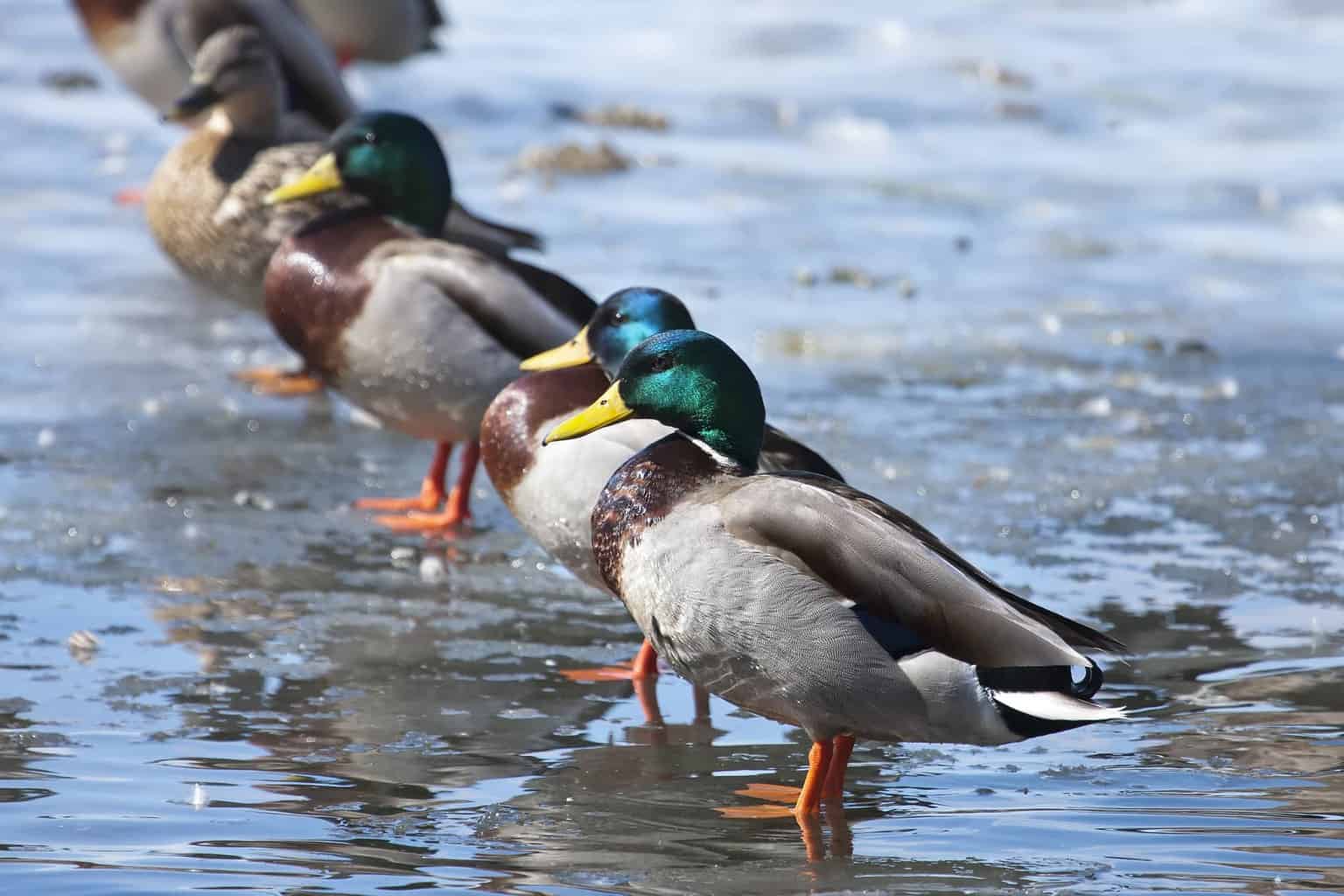
- Anas platyrhynchos
- Length: 19.7 – 25.6 in (50 – 65 cm)
- Weight: 35.3 – 45.9 oz (1000 – 1300 g)
- Wingspan: 32.3 – 37.4 in (82 – 95 cm)
Mallards are common birds here in Tennessee as they are in many states and can be seen here all year. They appear on 12% of birdwatchers’ checklists here in summer and on 20% of checklists for the winter months.
Wood Ducks
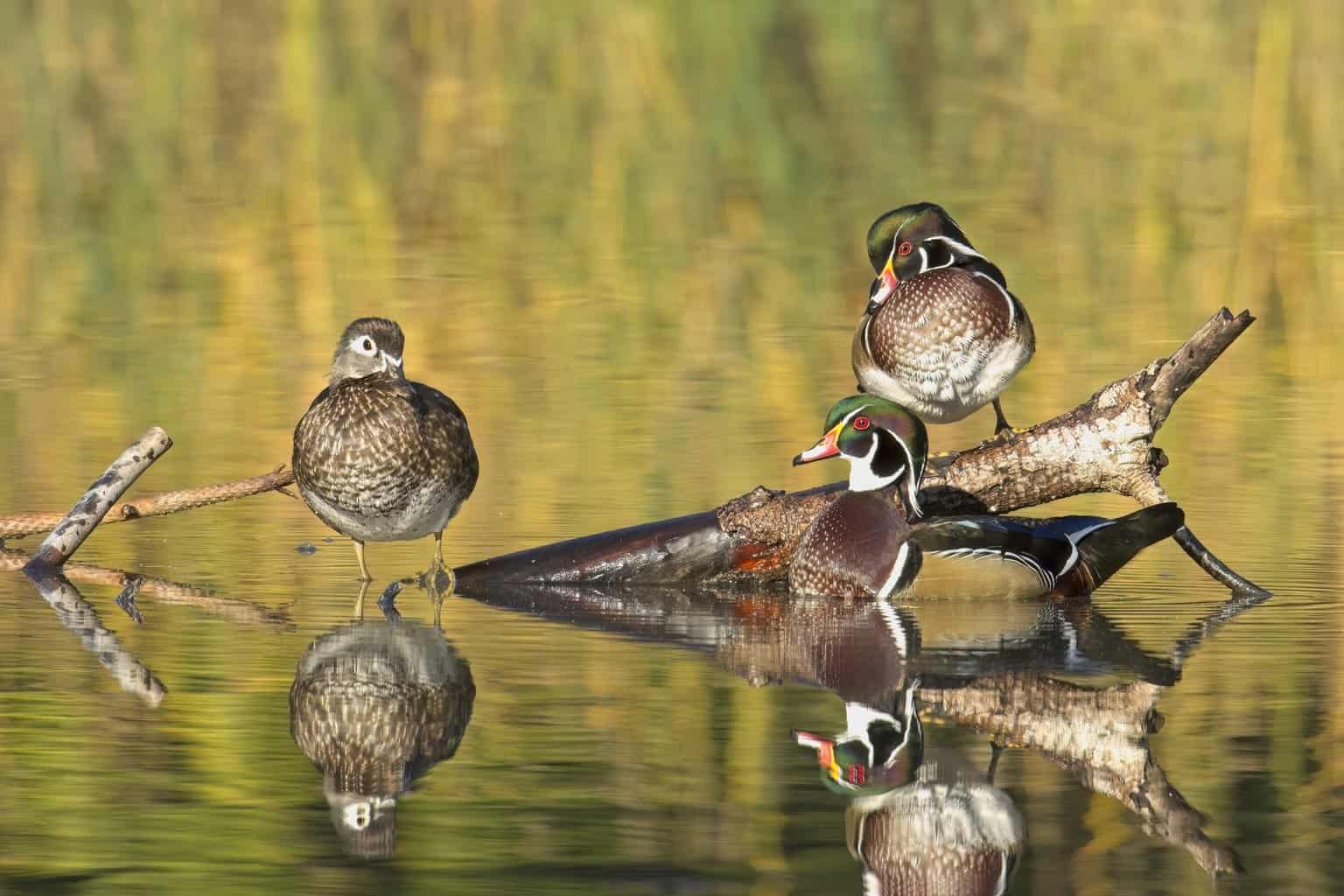
- Aix sponsa
- Length: 18.5 – 21.3 in (47 -54 cm)
- Weight: 16.0 – 30.4 oz (454 – 862 g)
- Wingspan: 26.0 – 28.7 in (66 – 73 cm)
Wood ducks are also relatively common in Tennessee and can be spotted here year-round. They are most frequently seen in the summer, however, appearing on 9% of state birdwatchers’ checklists at this time, and only on 2% of checklists in winter.
Gadwalls
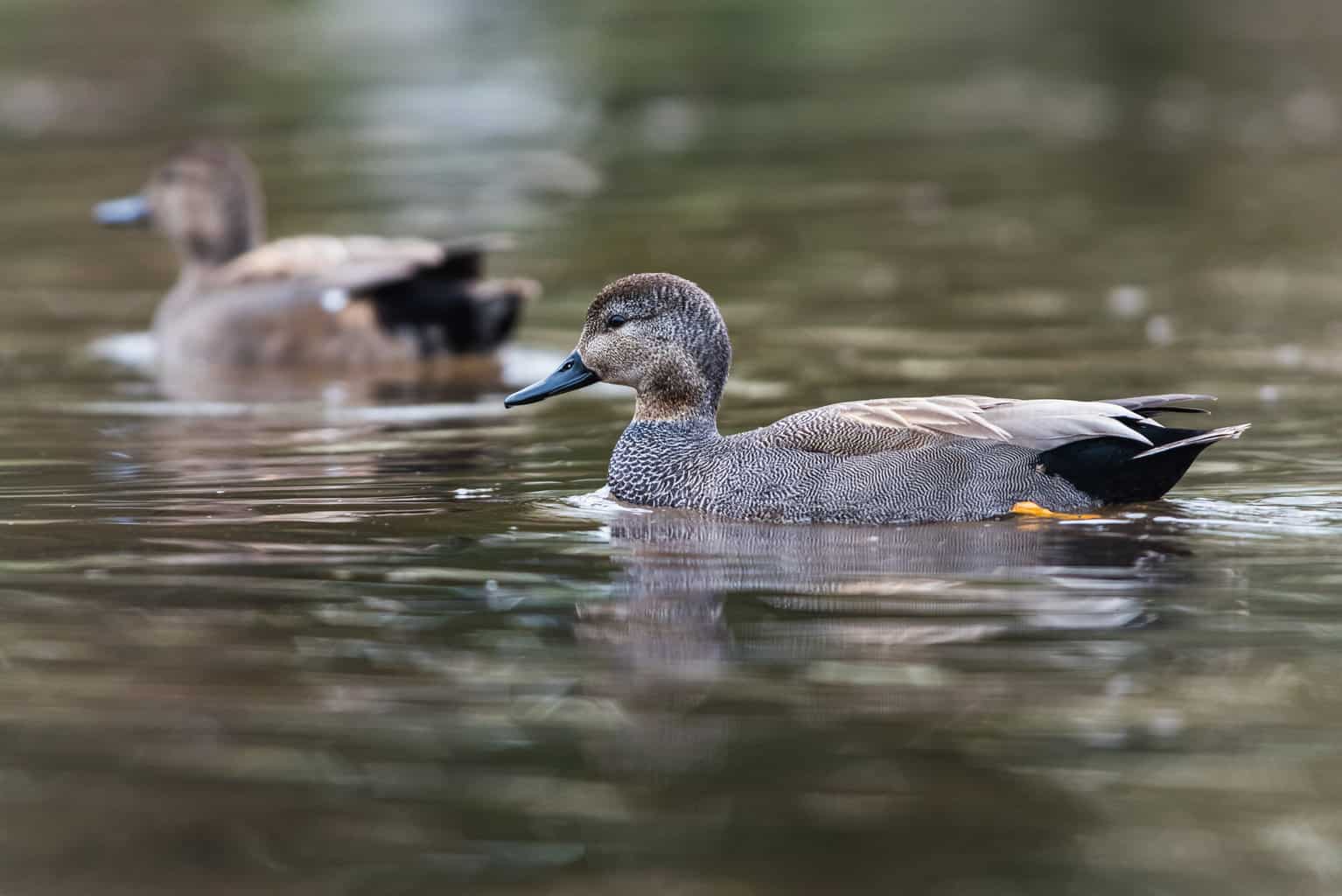
- Mareca strepera
- Length: 19 – 23 in (48 – 58 cm)
- Weight: 35.27 oz (1000 g)
- Wingspan: 31 – 36 in (79 – 91 cm)
Some Gadwalls hang out in Tennessee throughout the year. However, you’re likely to see these ducks in Tennessee during the winter, between October and April.
Blue-Winged Teal
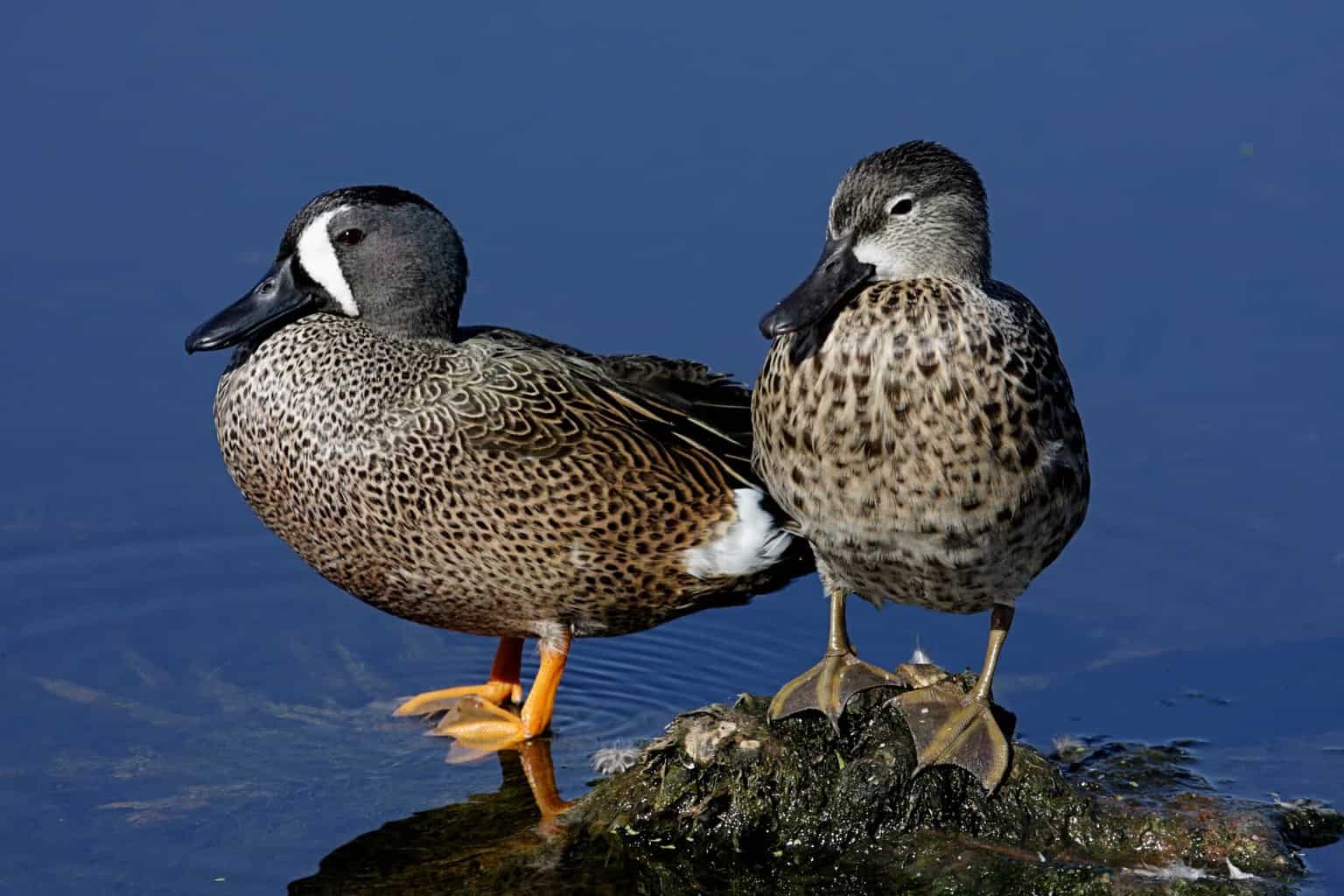
- Spatula discors
- Length: 15 – 17 in (38 – 43 cm)
- Weight: 19.18 oz (544 g)
- Wingspan: 23 -31 in (58 – 79 cm)
These teals may occasionally remain in Tennessee all year. However, these ducks are generally seen in this state during their spring and fall migrations. The best times to see them in Tennessee are between March and May, and from August to November.
Northern Shovelers
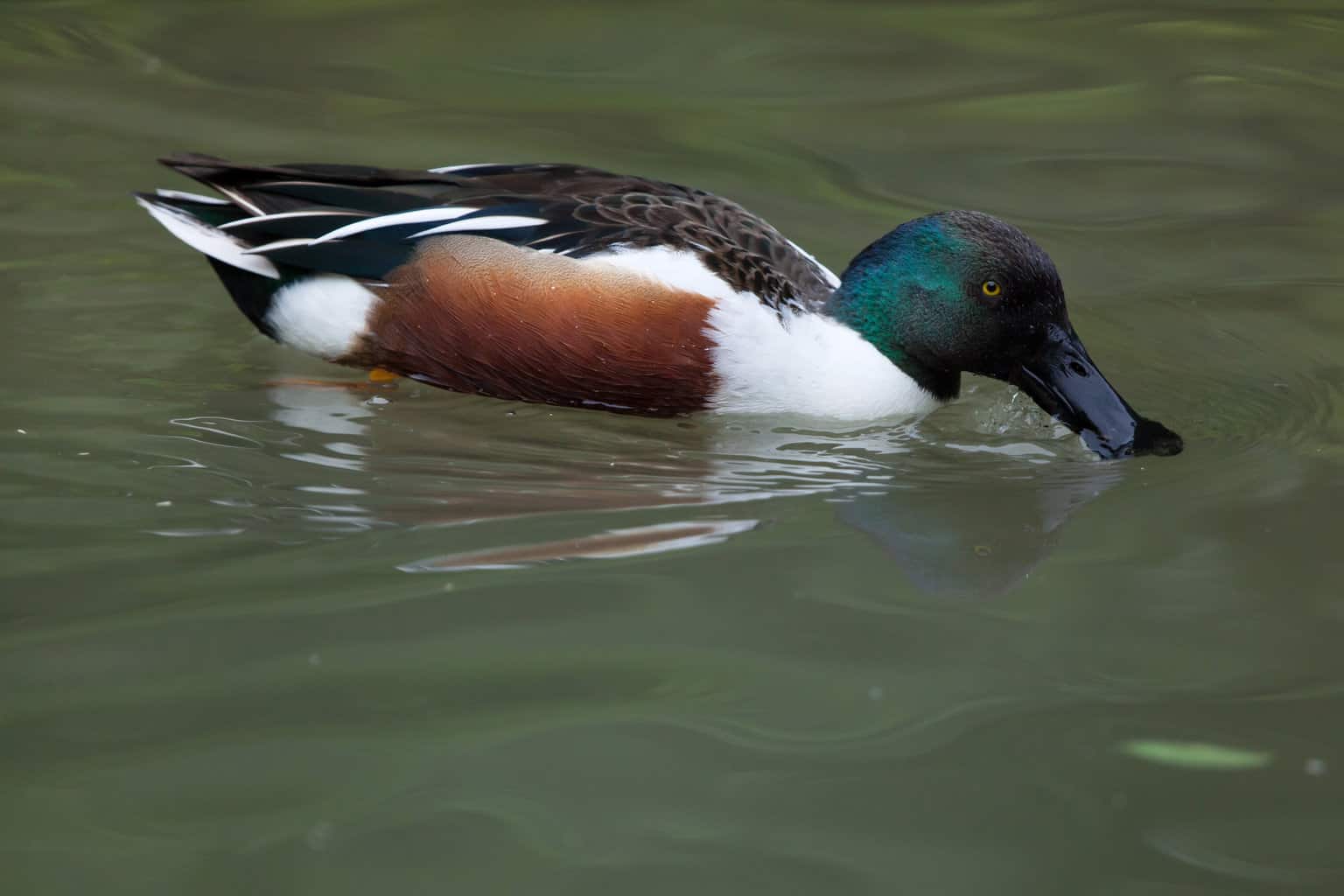
- Spatula clypeata
- Length: 17.3 – 20.1 in (44 – 51 cm)
- Weight: 14.1 – 28.9 oz (400 – 820 g)
- Wingspan: 27.2 – 33.1 in (69 – 84 cm)
It is most common to see these northern shovelers in Alabama between September and May when they appear in 4% of birdwatchers’ checklists for this state. However, a few of these ducks have been spotted here throughout the whole of the year.
Green-Winged Teal
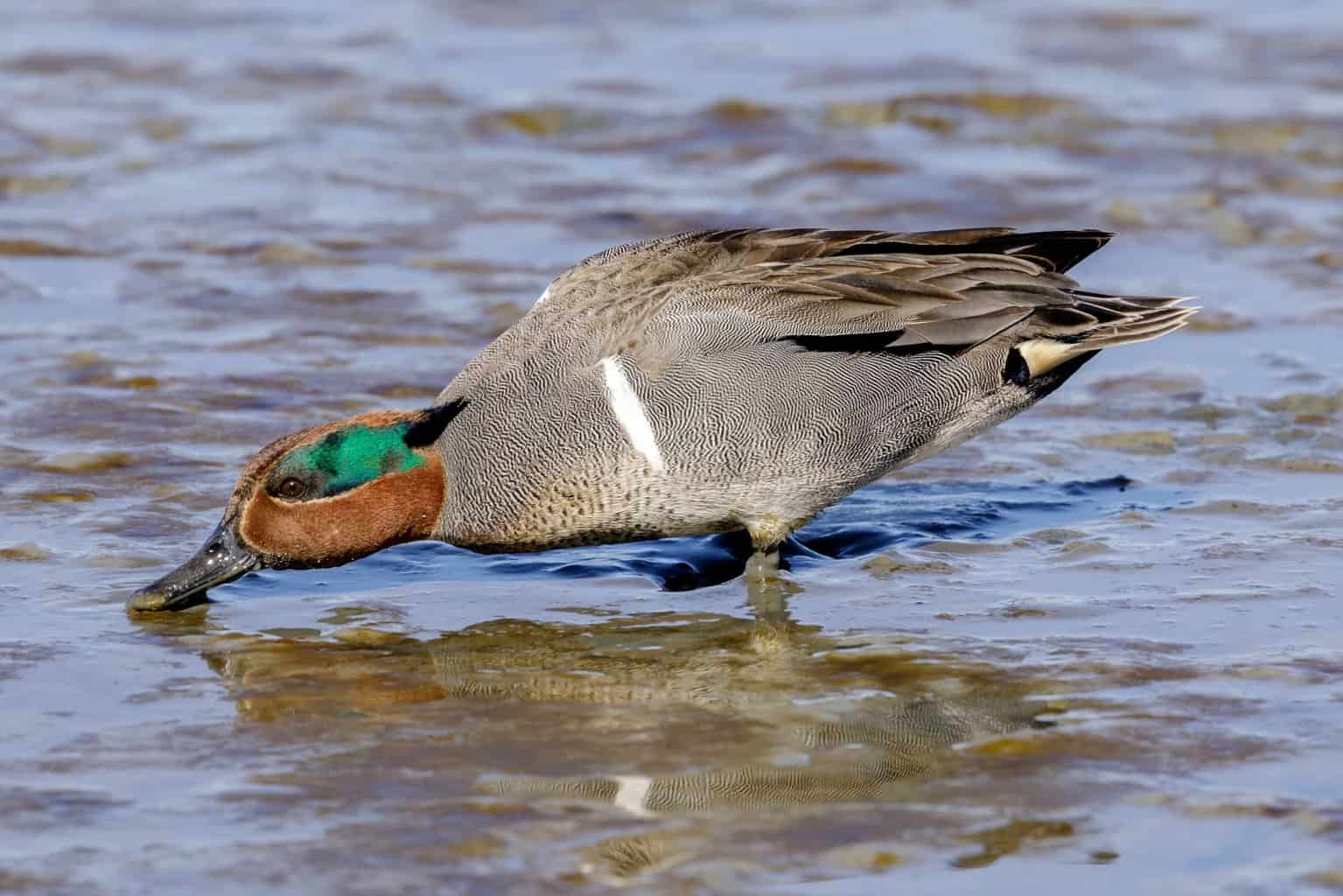
- Anas crecca
- Length: 12.2 – 15.3 in (31 – 39 cm)
- Weight: 4.9 – 17.6 oz (140 – 500 g)
- Wingspan: 20.5 – 23.2 in (52 – 59 cm)
These ducks tend to spend the winter in Alabama, though some are year-round residents. They typically arrive in September and remain until April, appearing in 3% of birdwatchers’ winter checklists in this state.
American Wigeon

- Mareca americana
- Length: 16.5 – 23.2 in (42 – 59 cm)
- Weight: 19.1 – 46.9 oz (540 – 1330 g)
- Wingspan: 33.1 in (84 cm)
These birds appear in 2% of birdwatchers’ winter checklists in Tennessee. They typically arrive here in October and remain until around March.
Northern Pintail
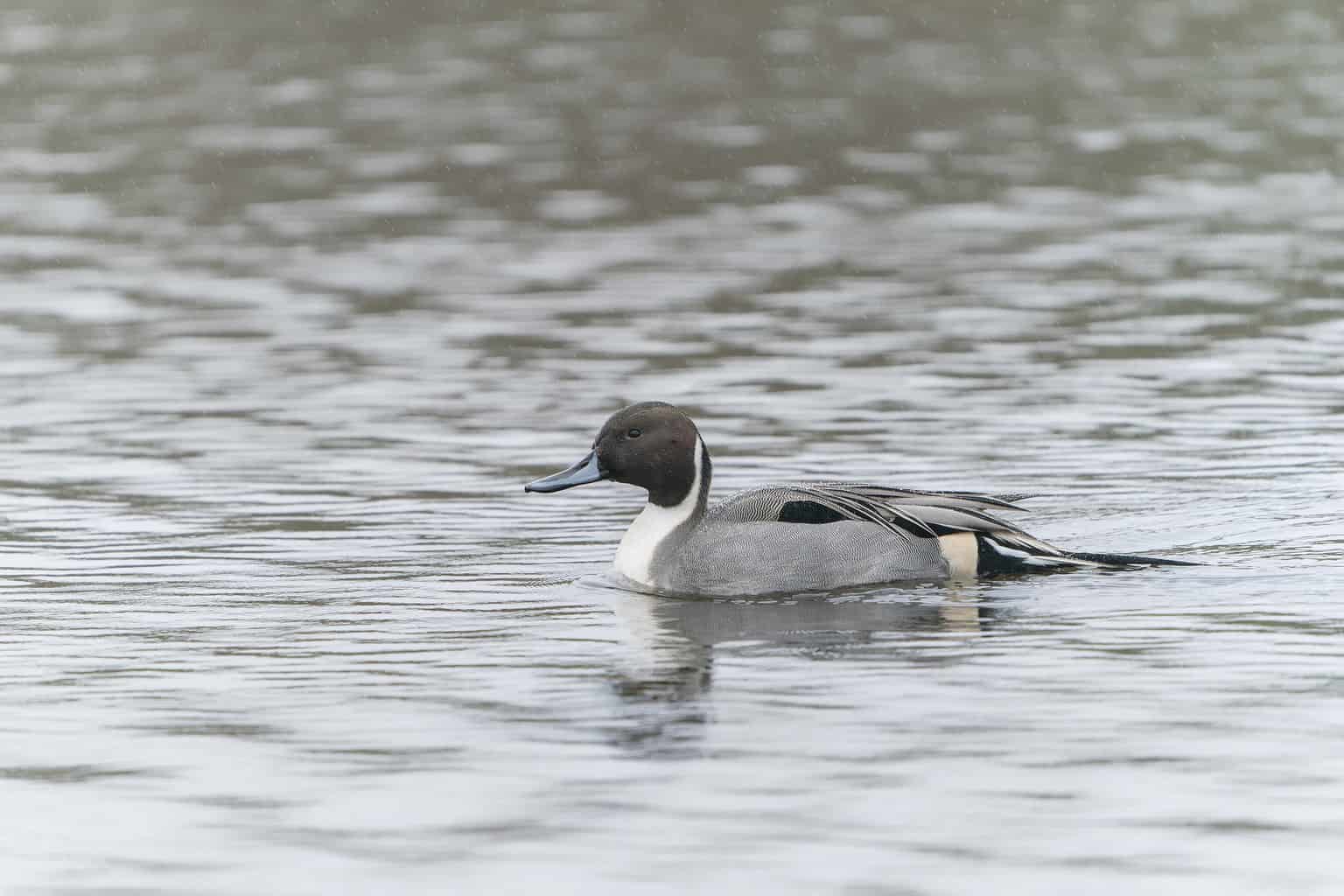
- Anas acuta
- Length: 20 – 26 in (51 – 66 cm)
- Weight: 36.33 oz (1030 g)
- Wingspan: 29 – 35 in (74 – 89 cm)
Northern Pintails are known to be seen occasionally throughout the year. However, they are most frequently spotted between October and March.
American Black Ducks
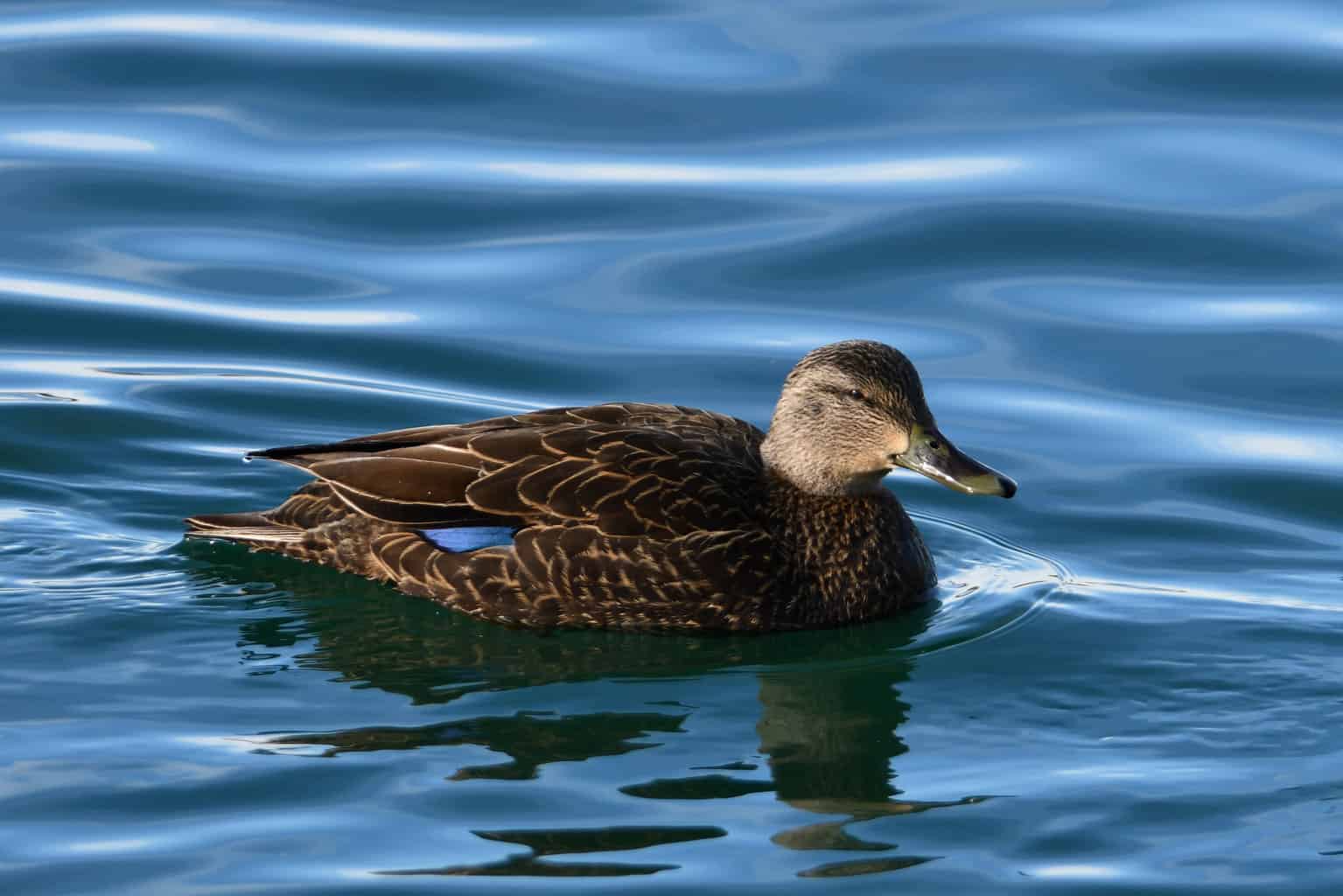
- Anas rubripes
- Length: 19 – 23 in (48 – 58 cm)
- Weight: 49.6 oz (1406 g)
- Wingspan: 33 – 36 in (84 – 91 cm)
American black ducks can also be seen in Tennessee throughout the whole year, but are generally sighted in the winter months, between November and March.
Buffleheads
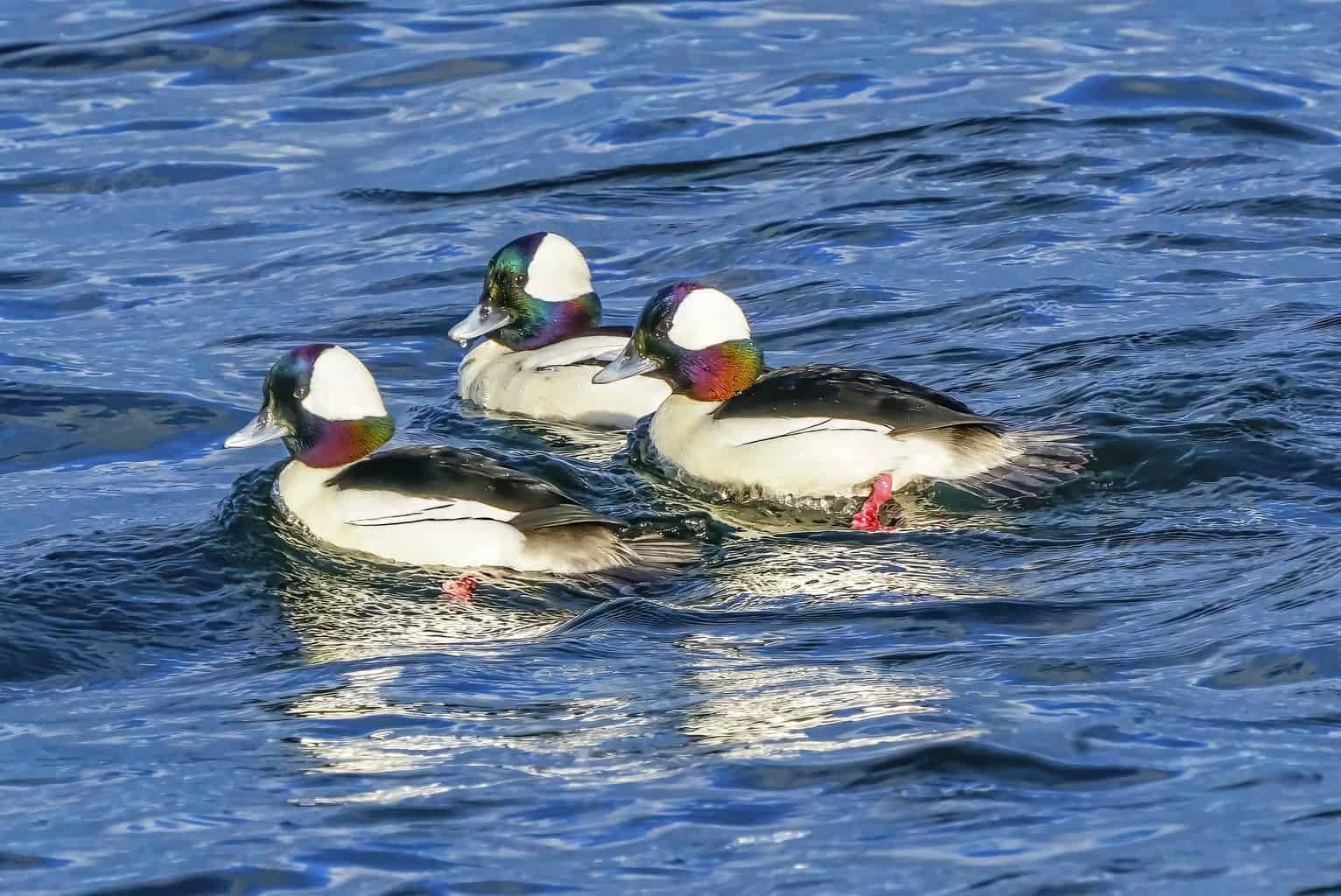
- Bucephala albeola
- Length: 13 – 16 in (33 – 41 cm)
- Weight: 21.16 oz (600 g)
- Wingspan: 20 – 24 in (51-61 cm)
Buffleheads usually arrive in Tennessee in November and depart in April. They are recorded in 7% of birdwatchers’ checklists during the winter months.
Ring-Necked Ducks
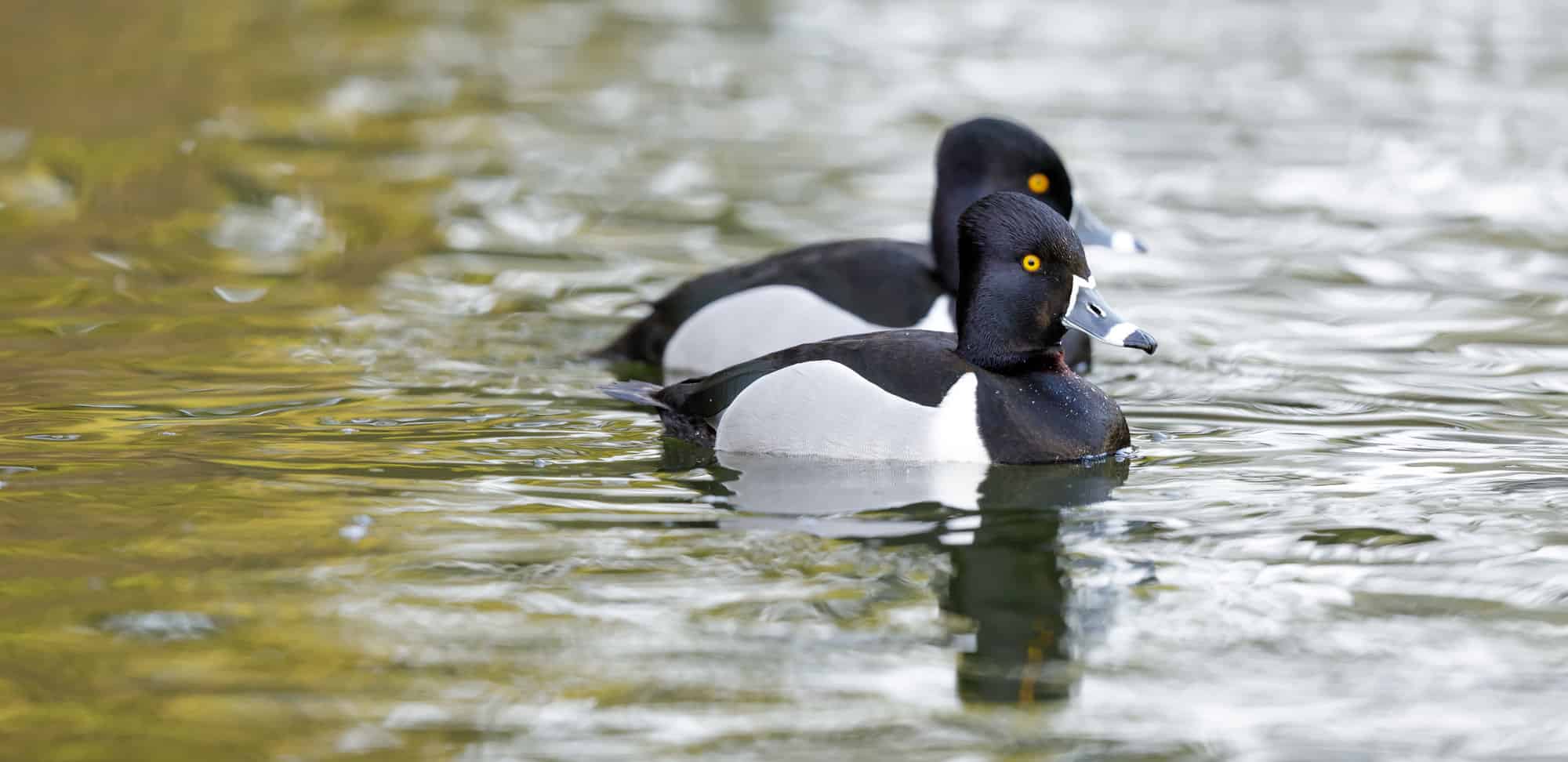
- Aythya collaris
- Length: 14 – 18 in (36 – 46 cm)
- Weight: 32.09 oz (909 g)
- Wingspan: 24 – 30 in (61 – 76 cm)
Ring-necked ducks can be spotted in Tennessee at any time of the year. However, they are generally seen here in winter, after they arrive in around October and before they leave in the middle of April.
They are recorded in 6% of birdwatchers’ checklists in Tennessee during the winter months.
Lesser Scaup
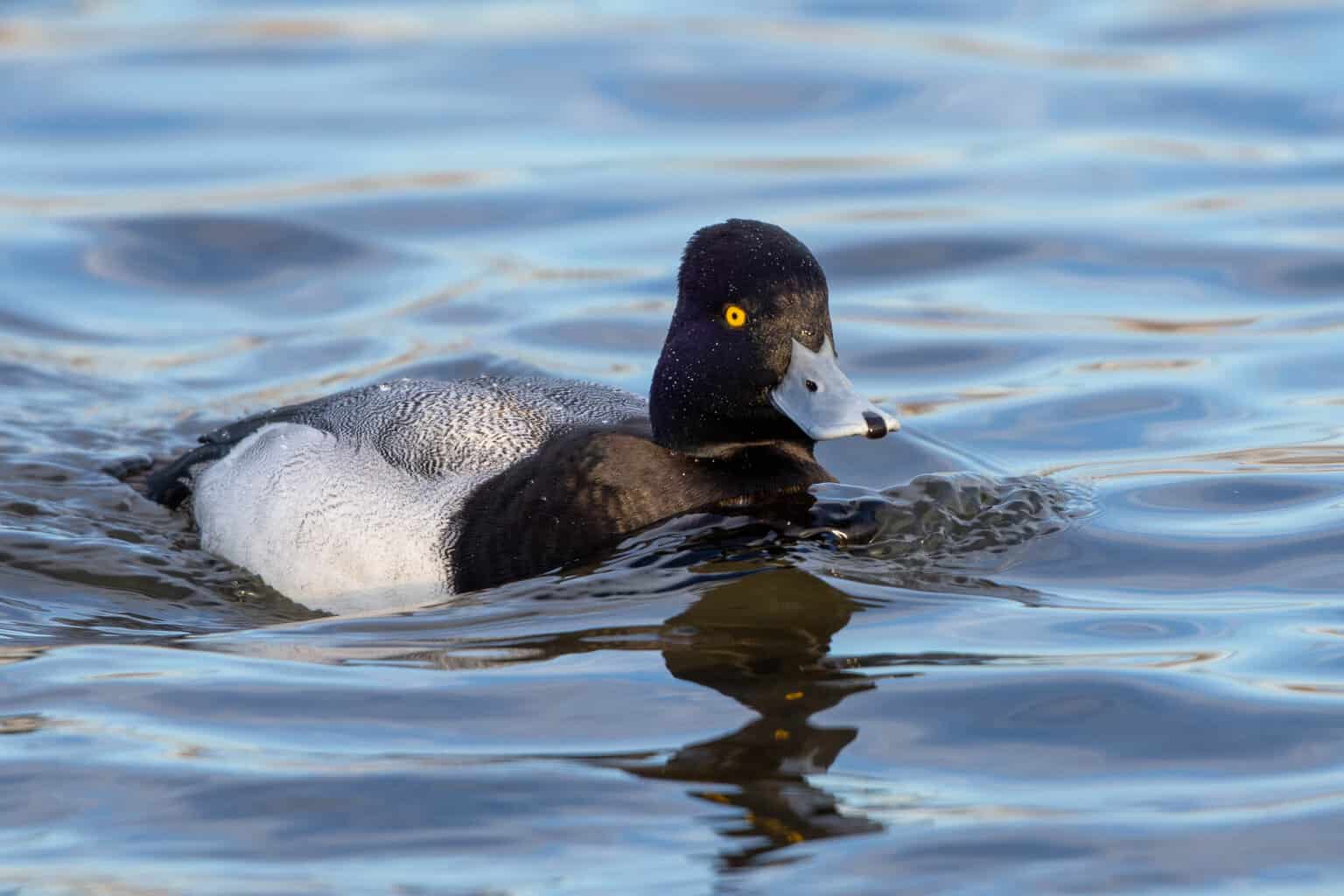
- Aythya affinis
- Length: 15 – 18 in (38 – 49 cm)
- Weight: 40.77 oz (1155 g)
- Wingspan: 24 – 33 in (61– 84 cm)
Though lesser scaups can be seen here year-round, generally, these ducks are found here in Tennessee in the winter, between November and April.
Ruddy Ducks
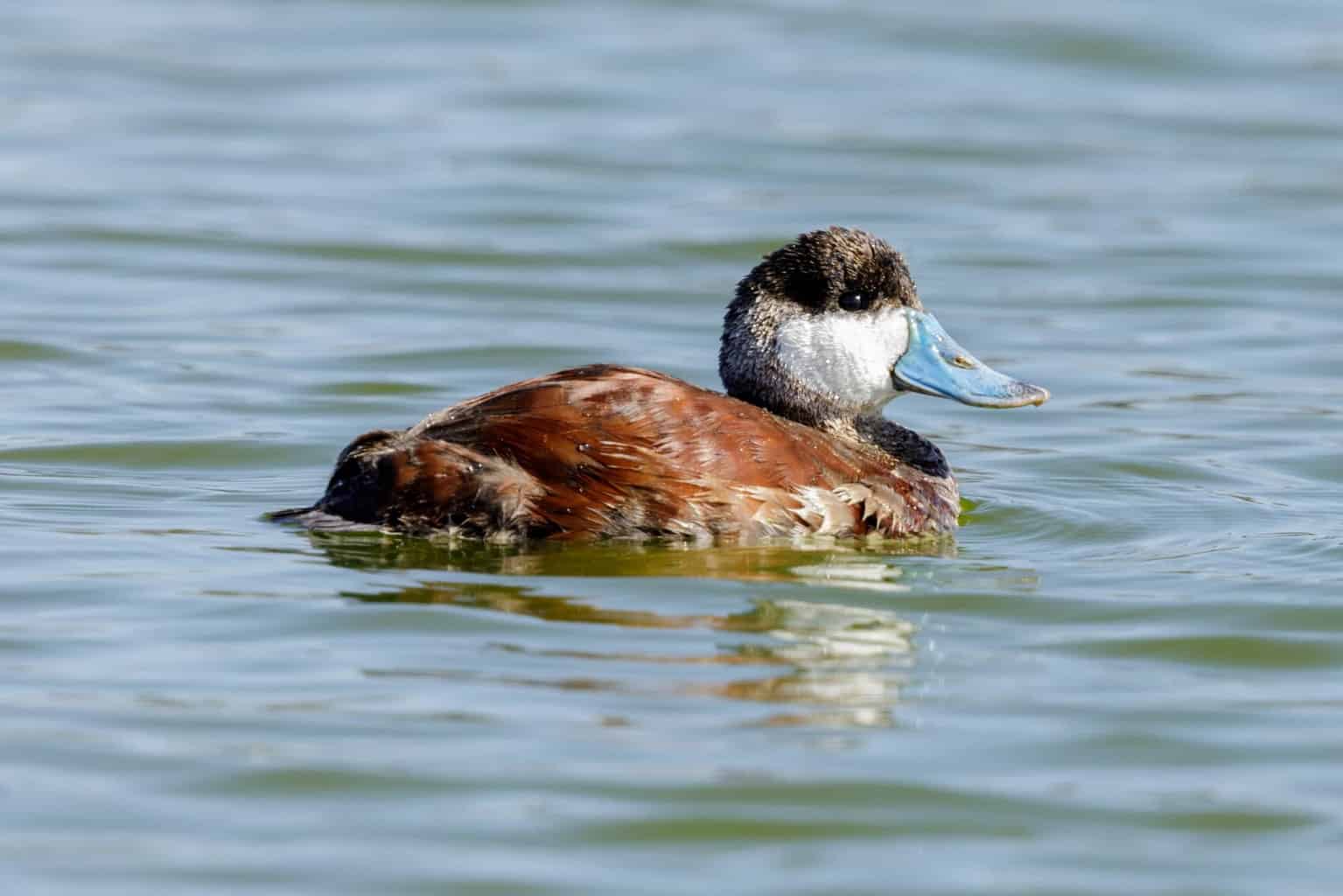
- Oxyura jamaicensis
- Length: 14 – 16 in (35.56 – 40.64 cm)
- Weight: 28.04 oz (795 g)
- Wingspan: 21 – 24 in (53 – 61 cm)
The ruddy duck can be seen in Tennessee over the winter months too. This breed is usually present here between October and April.
However, some do remain here year-round, so you may also see these ducks outside this period.
Redheads
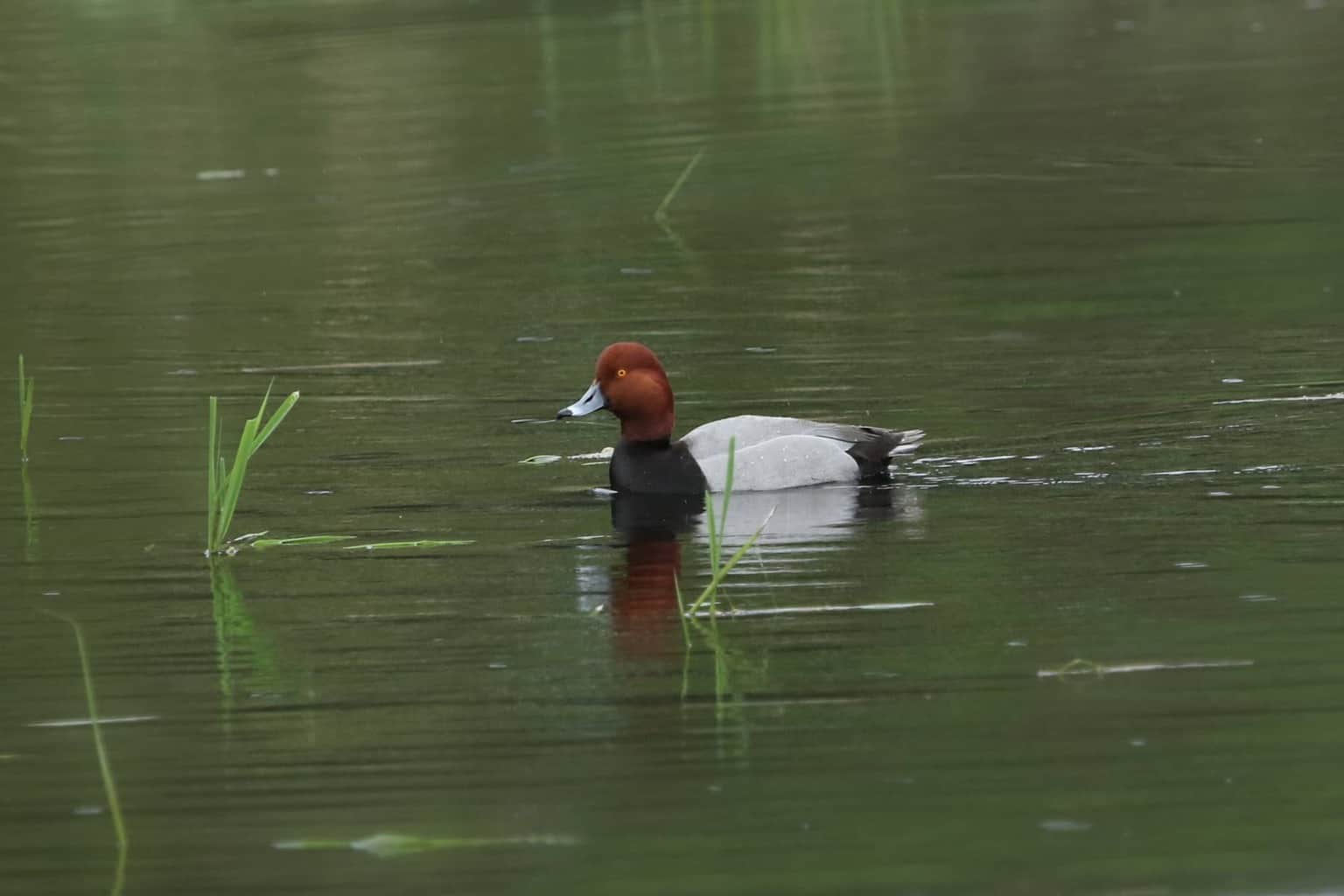
- Aythya americana
- Length: 18 -22 in (46 – 56 cm)
- Weight: 43.03 oz (1219 g)
- Wingspan: 29 – 35 in (74 – 89 cm)
Redheads appear in 3% of birdwatchers’ winter checklists in Tennessee and are usually present in the state between November and March.
Canvasbacks
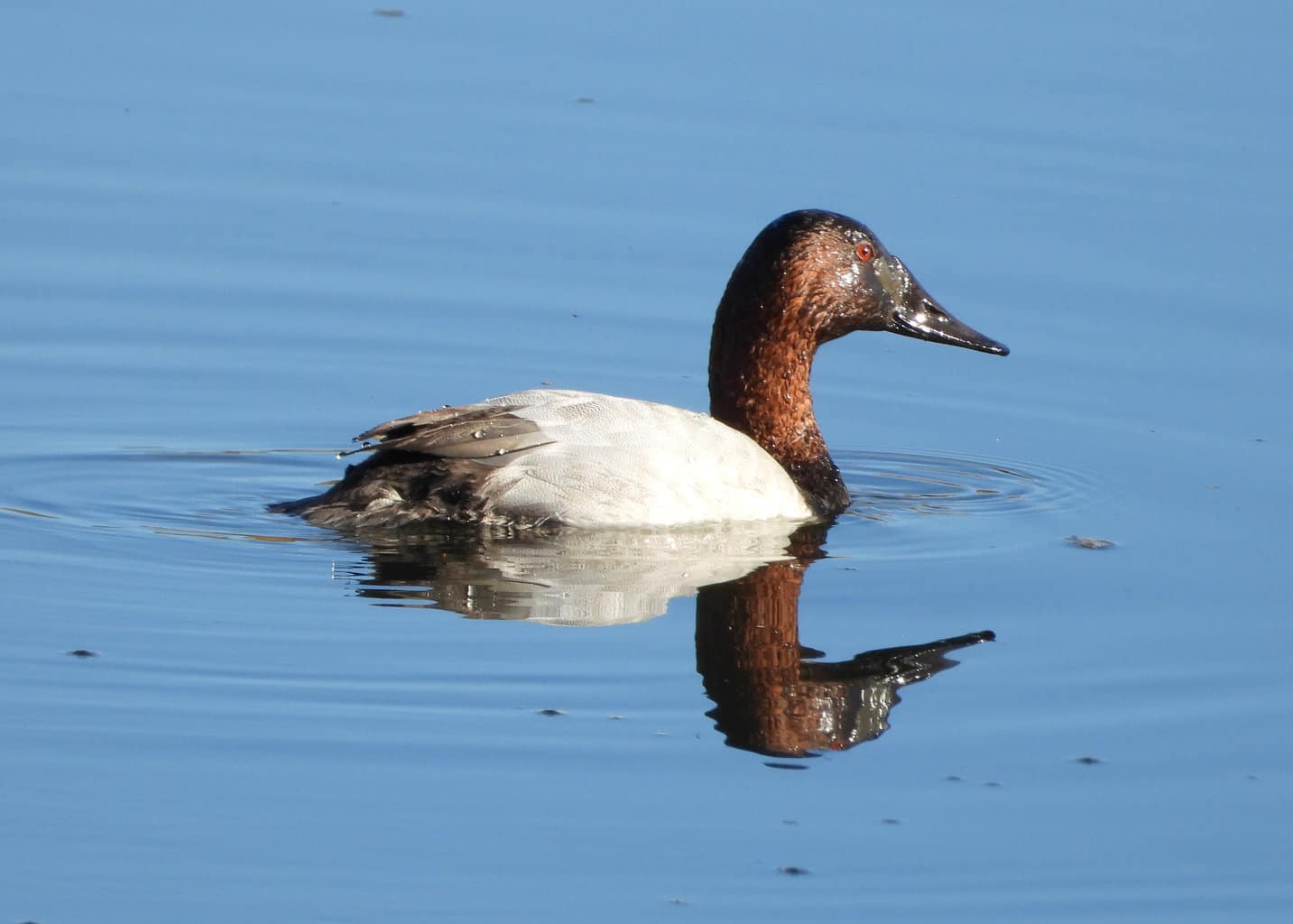
- Aythya valisineria
- Length: 19 – 24 in (48 – 61 cm)
- Weight: 58.48 oz (1657 g)
- Wingspan: 28 – 36 in (71 – 91 cm)
Canvasbacks are another duck that you can see in Tennessee over the winter months. These ducks arrive in the state around November and stay until around March. They are recorded in 3% of the winter checklists created by birdwatchers in this state.
Greater Scaup
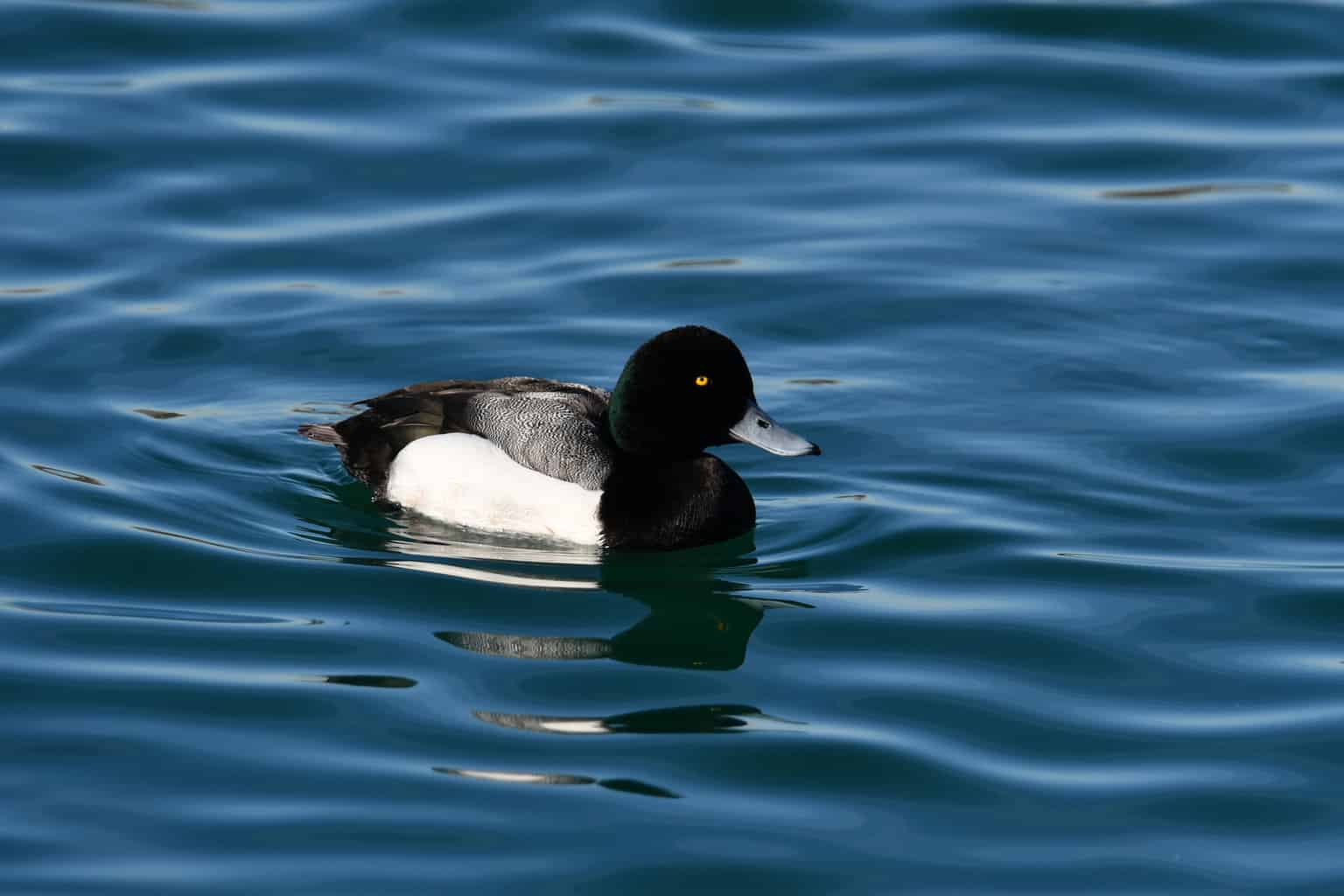
- Aythya marila
- Length: 15.3 – 22.1 in (39 – 56 cm)
- Weight: 25.6 – 48.0 oz (726 – 1360 g)
- Wingspan: 28.4 – 31.1 in (72 – 79 cm)
Recorded in 3% of the winter checklists created by birdwatchers in Tennessee, the greater scaup typically arrives here in November and remains until around March. However, some can linger longer and may not depart until June.
Hooded Merganser
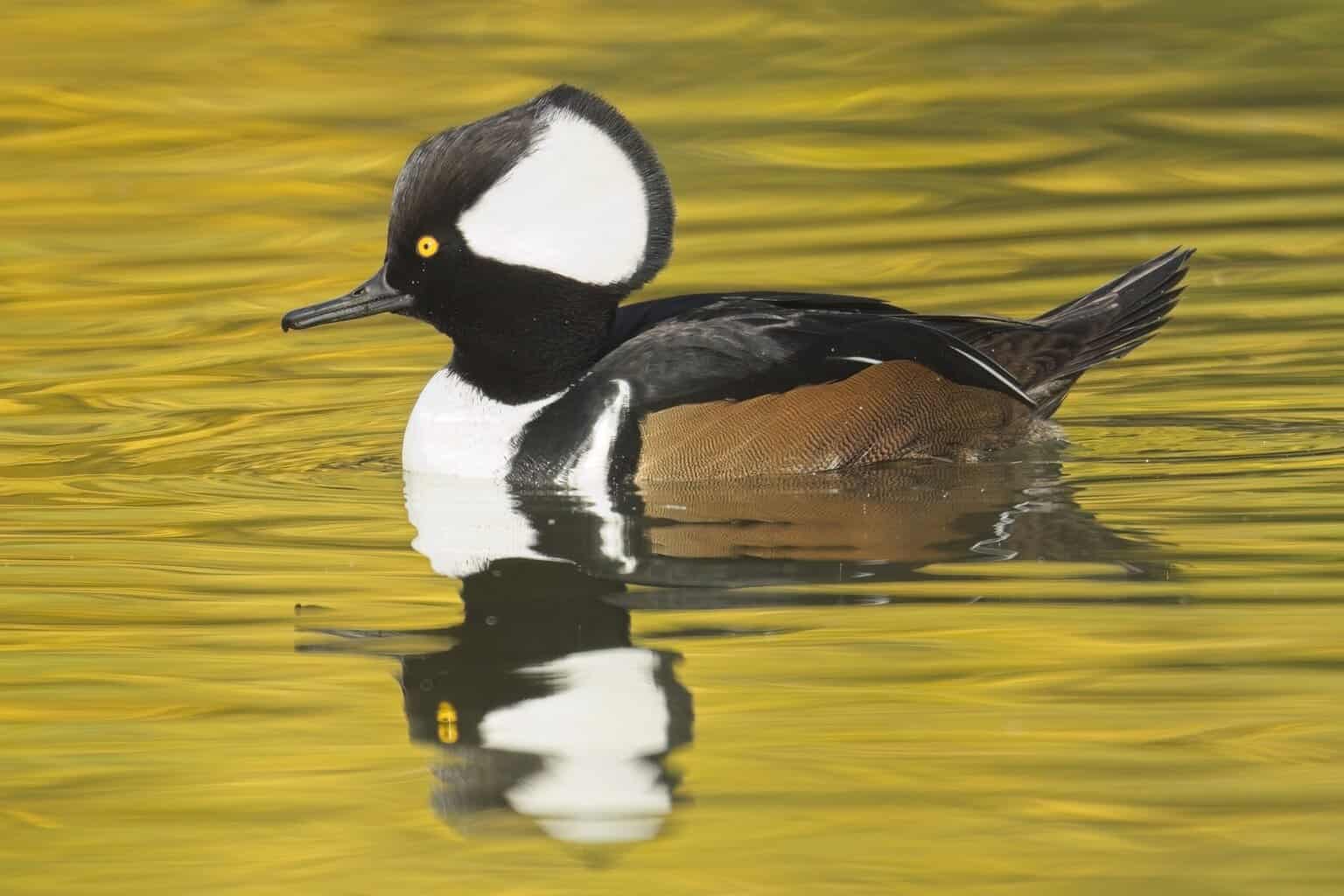
- Lophodytes cucullatus
- Length: 16 – 19 in (41 – 48 cm)
- Weight: 32.09 oz (909 g)
- Wingspan: 24 – 26 in (61 – 66 cm)
Though these birds can be seen in Tennessee throughout the year, typically, they are most commonly spotted between November and March. Hooded mergansers appear in 5% of winter birdwatchers’ checklists in this state.
Red-Breasted Merganser
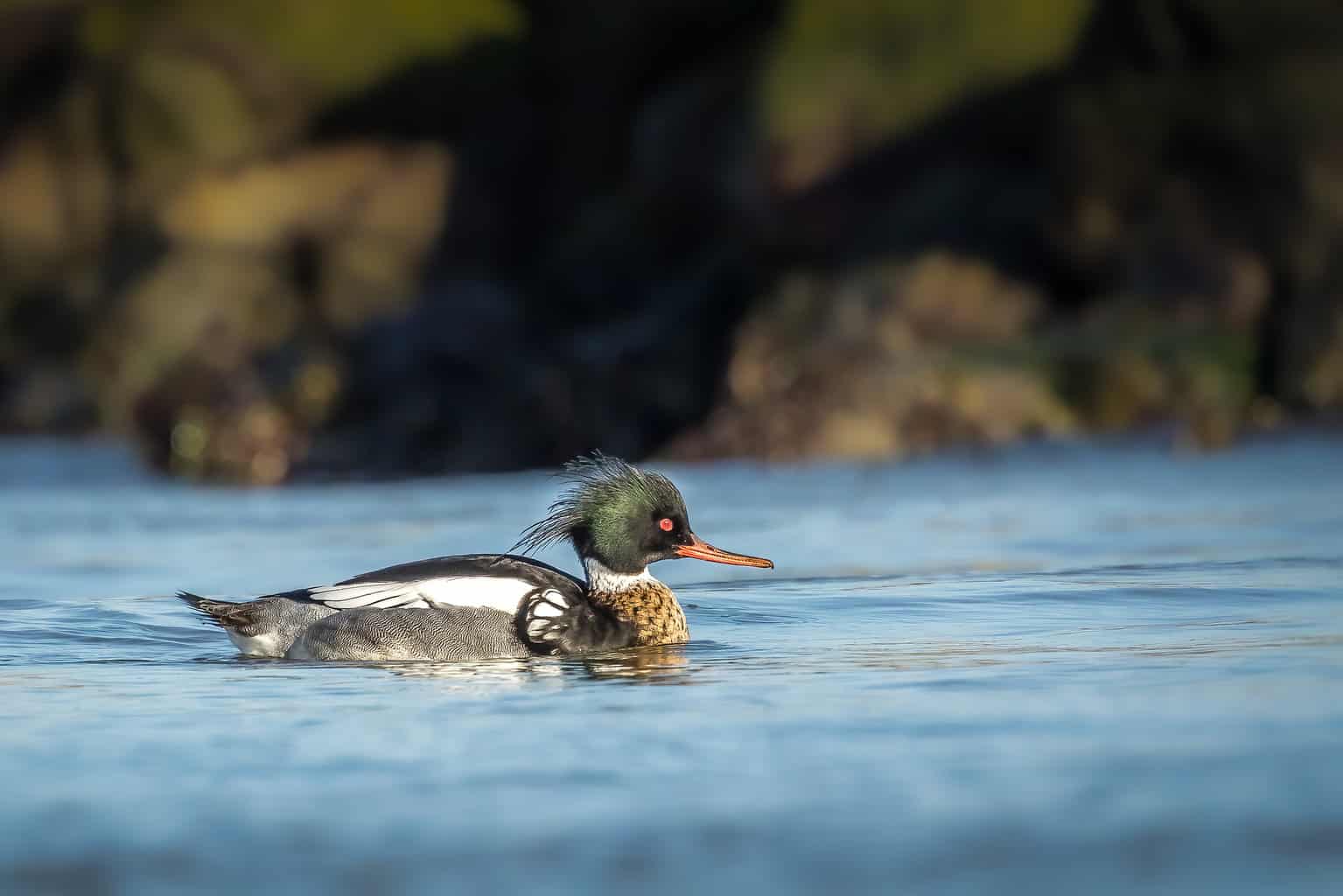
- Mergus serrator
- Length: 16 – 26 in (41 – 66 cm)
- Weight: 47.61 oz (1349 g)
- Wingspan: 31 – 35 in (79 – 89 cm)
Red-breasted mergansers typically winter here in Tennessee. They are present between November and April, and some may even linger longer and remain here in the state until June.
Common Goldeneye
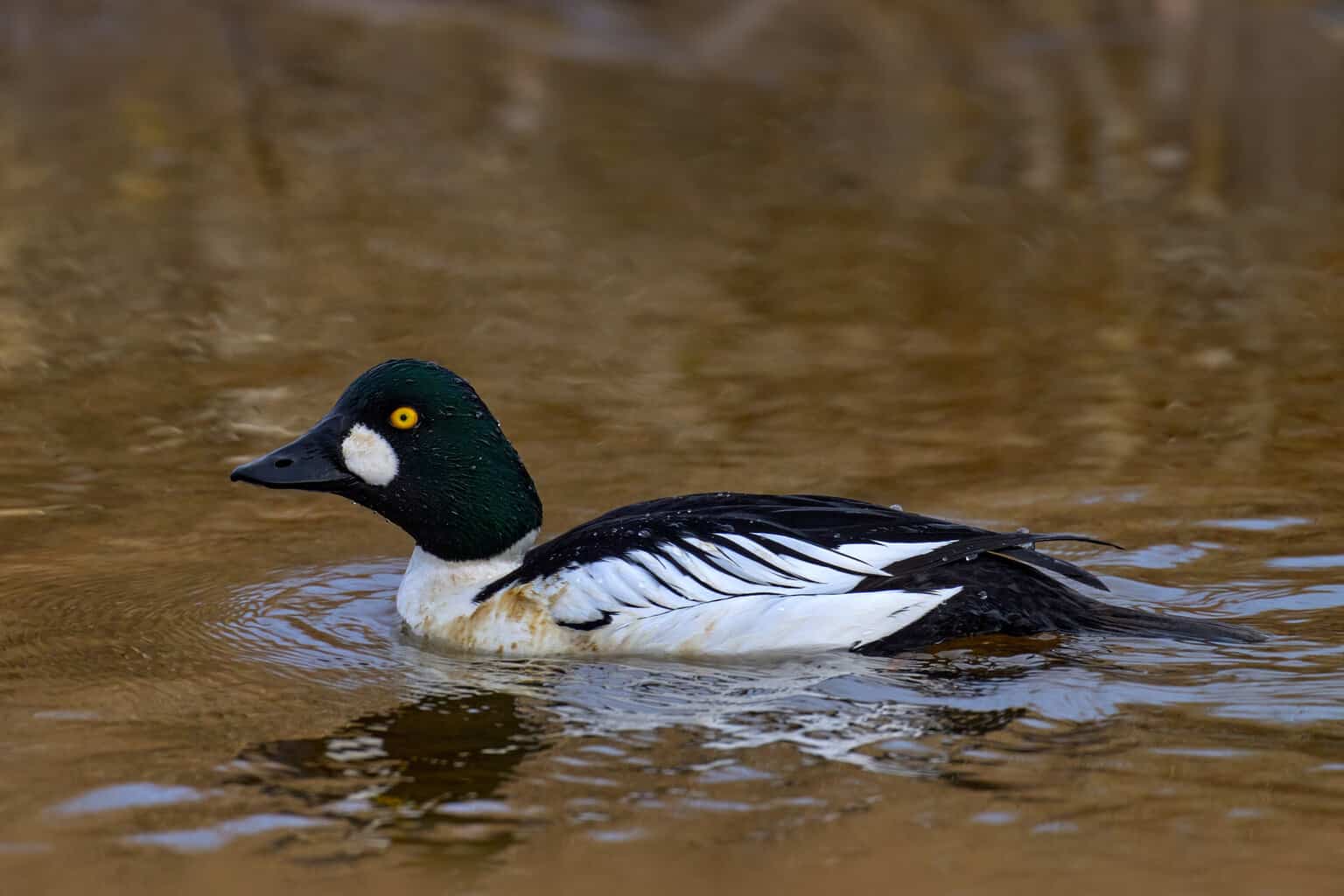
- Bucephala clangula
- Length: 15.8 – 20.1 in (40 – 51 cm)
- Weight: 21.2 – 45.9 oz (600 – 1300 g)
- Wingspan: 30.3 – 32.7 in (77 – 83 cm)
Common goldeneyes typically arrive in Tennessee in November. They are recorded in 2% of checklists created by Tennessee birdwatchers over the winter months.
Most of these ducks will overwinter here, then depart in March. However, some will stay on until May.
Common Merganser
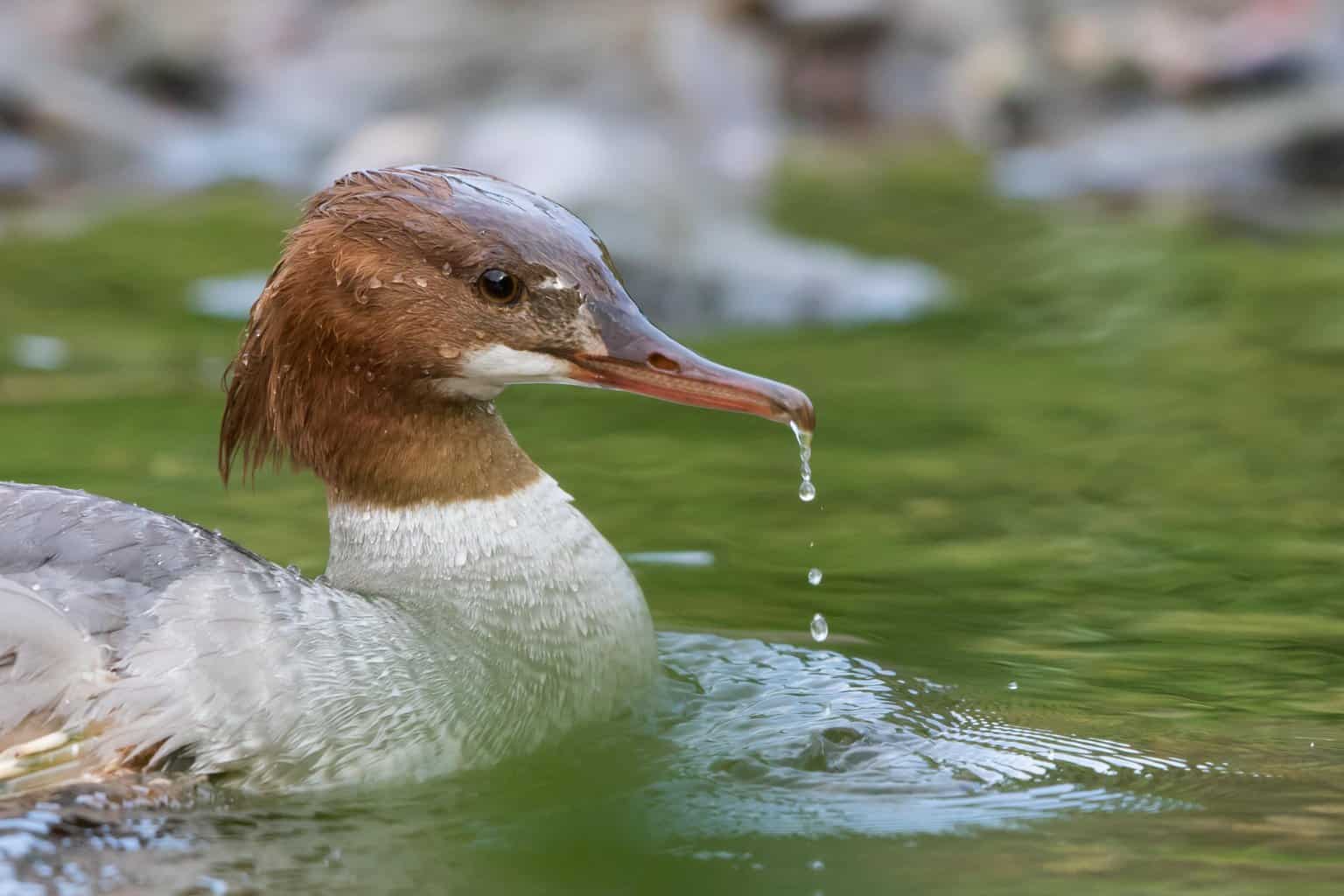
- Mergus merganser
- Length: 22 – 27 in (56 – 69 cm)
- Weight: 60.8 oz (1723 g)
- Wingspan: 31 – 37 in (79 – 94 cm)
These ducks, though not especially common in this state, can be seen in Tennessee throughout the year. However, they are generally spotted here between January and the middle of March.
These aren’t the only ducks ever spotted in Tennessee, but the list above describes many of the most common species seen in this state, which should help you understand the ducks that you are most likely to see here and when!

